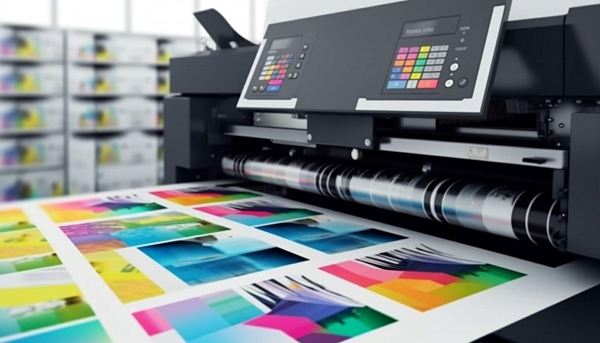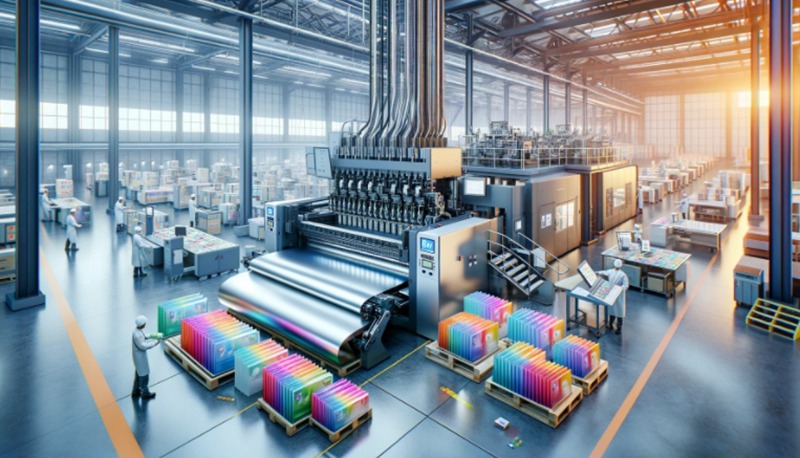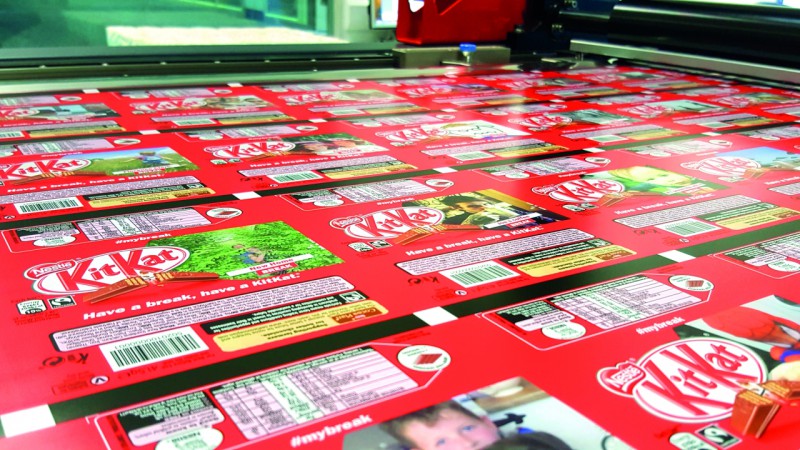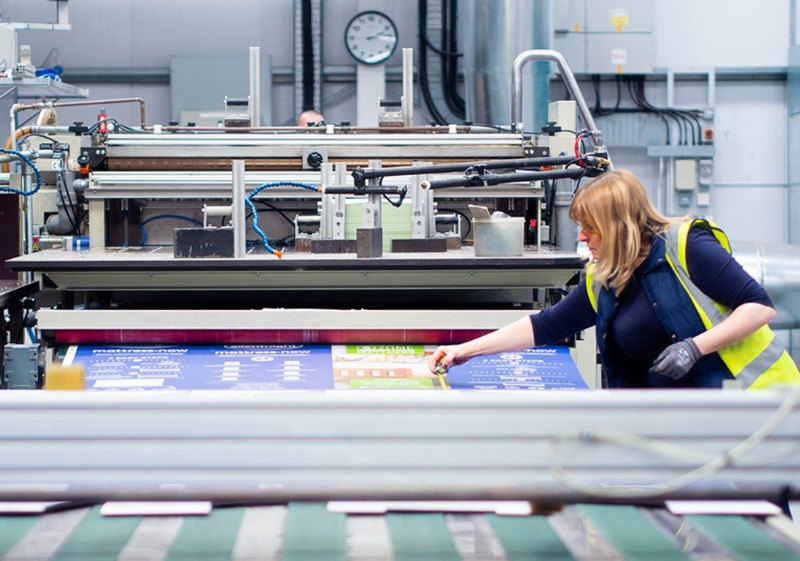 Jul 22,2024
Jul 22,2024

Digital printing technology for packaging has come a long way from its initial use for printing codes and expiration dates. Digital printers now have a significant share of label and narrowband printing, and are gradually gaining a foothold in corrugated board carton, folding carton and flexible packaging.
Gary Barnes, director of sales and marketing for Fujifilm Ink Solutions Group, observed that inkjet printing in packaging is growing in multiple fields. He pointed out: "Label printing is mature and will continue to grow, corrugated board packaging is mature, folding carton is growing strongly, and flexible packaging is viable." Among them, key technologies, including UV printing and water-based pigment ink printing, are widely used in the fields of labels, corrugated carton, folding carton and flexible packaging respectively.
Mike Pruitt, senior product manager of Epson America, said that Epson is watching the growth of inkjet printing, especially in the label industry. “Digital printing has become mainstream, and it’s common to see analog printers integrating both analog and digital printing technologies.” added Pruitt. “This hybrid approach takes advantage of the best of both worlds, enabling greater flexibility, efficiency and customization of packaging solutions.”

Simon Daplyn, product and marketing manager at Sun Chemical, noted that inkjet technology has established a foothold in the label market, with UV LED inks and systems dominating and delivering superior quality. Integration of UV technology with new water-based ink solutions continues to expand as innovation in water-based inks drives applications.
Melissa Bosnyak, program manager for sustainable packaging solutions at Videojet Technologies, observed that inkjet printing is evolving to meet the needs of emerging packaging types, materials and trends. She noted: “The drive for recyclability is spurring the use of mono-materials in packaging. For example, Videojet recently launched a patent-pending inkjet ink that is specially formulated to provide superior scratch and abrasion resistance, particularly for widely used mono-material packaging.”
Olivier Bastien, Business Manager of HP, said that “As a pioneer and global leader in thermal inkjet technology, we see continued market growth and increased adoption of inkjet technology for packaging coding, particularly thermal inkjet (TIJ). TIJ solutions are clean, easy to use, reliable and odor-free, giving them an advantage over industry alternatives.”
“Some markets, such as labels, have been embracing digital inkjet for some time and continue to increase their digital content.” said Paul Edwards, vice president of Digital Department of INX International. “Direct-to-object printing solutions and installations are growing, and interest in corrugated packaging is also increasing.”

In packaging, digital printing is performing particularly well in labels, which account for about a quarter of the market. “Currently, digital printing has achieved the greatest success in printing labels, primarily using UV and UV LED processes, which provide excellent print quality and performance.” said Daplyn. Digital printing can meet or even exceed market expectations in terms of speed, quality, print uptime and functionality.
Bosnyak noted that digital printing has long been in product identification and packaging coding, and both basic and promotional variable content can be printed using digital inkjet printers and other digital technologies at all stages of the packaging process. Bastien observed that digital printing is developing rapidly in various printing applications, especially in applications that require variable data and personalization.
Barnes believes that flexible packaging will be the next major growth point for digital printing because hardware and water-based pigment/dye ink technologies have matured to achieve high-quality printing on film substrates at acceptable production speeds. Pruitt also said: "Flexible packaging uses less material, meets the trend of sustainable development, and allows a high level of customization and personalization to help brands achieve product differentiation."
Bastien believes that the complex QR codes and data matrices that GS1 Global plans to launch in 2027 will bring huge growth opportunities for digital packaging printing. Bosnyak added: "There is a growing demand for customized and interactive printed content. QR codes and personalized information are becoming an important way to attract customer interest, promote interaction, and protect brands."

Edwards pointed out that the metal decoration market is growing rapidly as small breweries promote the advantages of digital short-run printing. This trend may extend to the broader metal decoration field. Daplyn believes that the corrugated carton and flexible packaging markets have great potential, and the success of digital printing in these applications lies in the cooperation between corrugated carton printing ink and hardware suppliers to provide water-based technology that meets the speed and drying requirements of a range of materials while maintaining compliance in key areas such as food packaging.